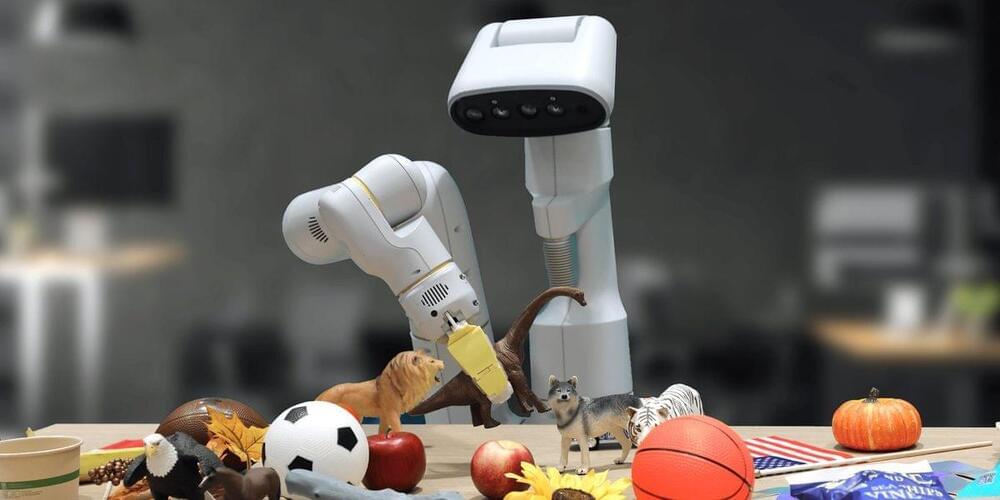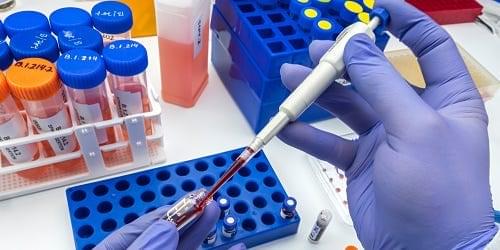🔺Prepare to be transported to another world with the most epic and breathtaking ambient sci-fi music you haven’t heard yet! I’ve spent over 20 hours \.
Get the latest international news and world events from around the world.
The Butlerian Jihad: Frank Herbert’s Warning Against A.I. | Dune Lore Explained
An exploration of Frank Herbert’s implicit and explicit warnings against the unmitigated advancement and dependence on AI (Artificial Intelligence), while also examining how these fundamental concerns, leading to AI’s prohibition, consistently resonate throughout the series. One of its less explored, but equally compelling, elements is its commentary on the rise of artificial intelligence. Dune is set in the far future taking place in an interstellar empire that is devoid of thinking machines after a universal ban against computing technology that is made in the likeness of a human mind. The reasons behind this prohibition not only serve as a caution against the perils of artificial intelligence, but they also underscore broader warnings present throughout Herbert’s Dune books.
Nerd Cookies PATREON: / nerdcookies.
Nerd Cookies DISCORD: / discord.
Twitter: / nerd_cookies.
Follow me on TWITCH: / nerdcookiearcade.
Intro track: honey juice by harris heller.
All the videos, songs, images, and graphics used in the video belong to their respective owners and I or this channel does not claim any right over them.
Fair Use.
Copyright Disclaimer under section 107 of the Copyright Act of 1976, allowance is made for “fair use” for purposes such as criticism, comment, news reporting, teaching, scholarship, education and research.
All content falls under fair use: any copying of copyrighted material done for a limited and “transformative” purpose, such as to comment upon, criticize, or parody a copyrighted work. Such uses can be done without permission from the copyright owner.


SpaceX launches Starlink mission, prepares to undock a Crew Dragon from ISS Monday
SpaceX is closing out the weekend with a pair of planned Falcon 9 launches from Florida and California while also preparing for the undocking of Crew Dragon Endurance from the International Space Station.
The Falcon 9 rocket supporting the Starlink 6–43 mission lifted off from Space Launch Complex 40 (SLC-40) at Cape Canaveral Space Force Station at 7:05 p.m. EDT (2305 UTC). It will add 23 Starlink satellites to the growing low Earth orbit constellation.
A launch weather forecast from the 45th Weather Squadron shows a greater than 95 percent chance of favorable weather at liftoff with no additional risk criteria listed as watch items.
SXSW introduces military technology event
The event showcased Artificial Intelligence, drones and other forms of innovative technology aimed at boosting the U.S. Military’s defenses.

The next breakthrough for longevity obsessives: measuring organ age
Knowing your “oldest organ” might also tell you more about your health trajectory — and the age-related diseases you could develop — than your biological age. The study found that individuals with accelerated heart aging, for example, have a 250% higher risk of heart failure. Every additional four years of age increased an individual’s risk of developing heart disease by almost 2.5-fold over 15 years, the study noted. It also found that accelerated brain and vascular aging in an individual can predict the progression of Alzheimer’s disease as strongly as the best biomarker test for the disease.
The technology to measure age organ-by-organ is far from ready to mainstream. Still, the concept has attracted the interest of those in longevity circles, according to The Wall Street Journal. Some researchers told the Journal that there may be a day when patients can test the age of their organs through a simple blood test. It’s not a far-off idea, given that there are already blood tests that can test for cancer.
However, some scientists believe there’s little merit in providing patients with these details before we devise interventions for them.

Space cement is here: How it could be used to build houses on Mars and the Moon
Researcher Norman Wagner speaks to Interesting Engineering about the complex chemistry of extraterrestrial cement.
Zuck’s New Plan: LLaMA 3 and the Future of Open-Source AGI
Meta’s latest brainchild, Llama 3, is rewriting the rules of digital communication. This powerhouse AI model doesn’t just compete—it surpasses OpenAI’s GPT-4 and Google’s Gemini. Brace yourself for enhanced responsiveness, multimodal magic, and a dash of ethical finesse.
Under Zuckerberg’s visionary helm, Llama 3 dances with context, reads between the lines and delivers nuanced interactions across platforms. It’s not just about AI; it’s about redefining how we connect. 🚀🤖
https://www.reuters.com/technology/me…
https://www.theverge.com/2024/2/28/24…
#artificialintelligence #ai #meta #llama #artificialgeneralintelligence